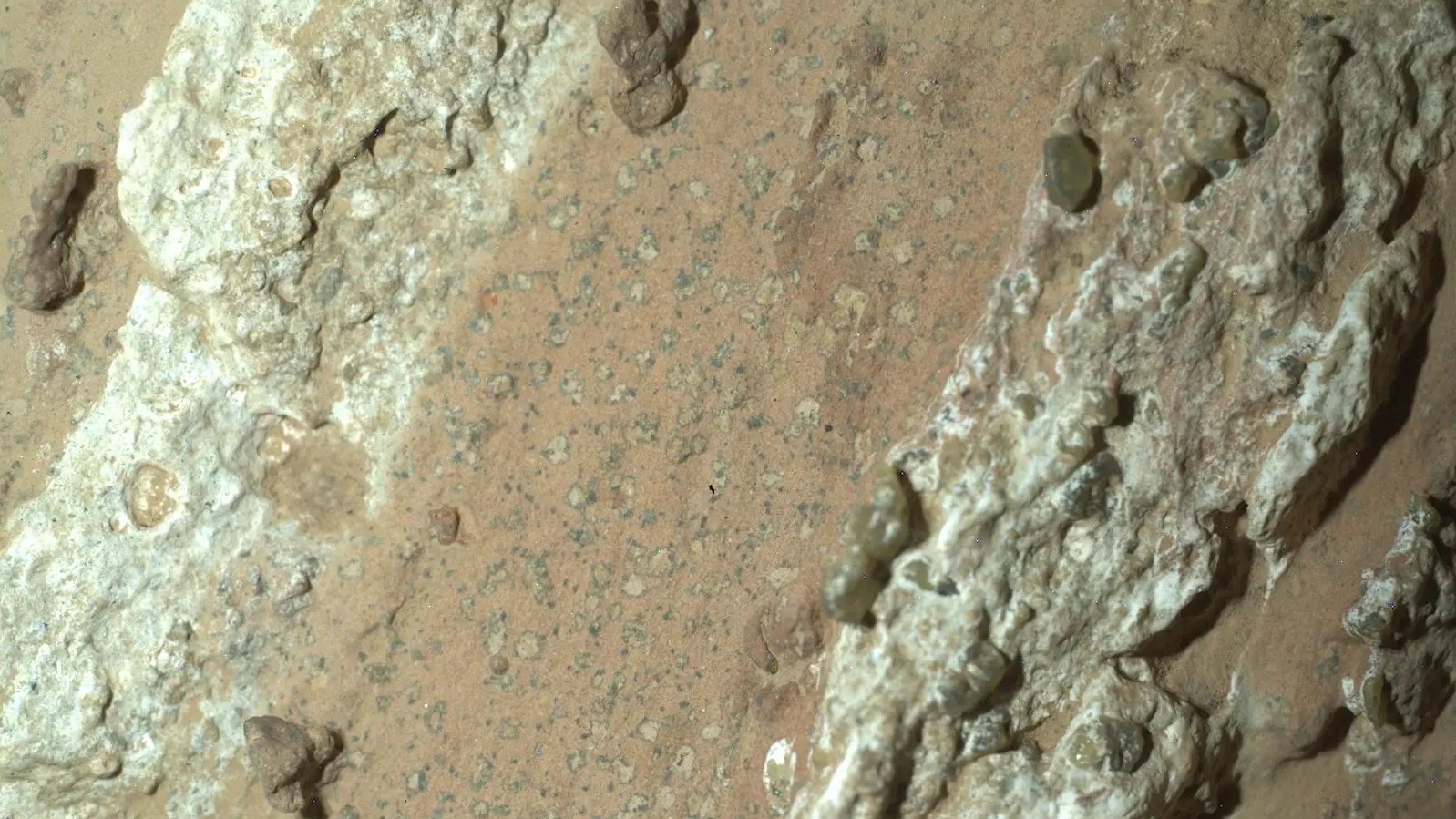NASA's Webb Telescope captures clearest image of Neptune's rings in 30 years

Put a ring on it?
NASA's James Webb Telescope has captured the clearest image of the rings around Neptune in over 30 years, the space agency announced Wednesday, per NPR. The photo from the telescope also details the planet and its 14 known moons.
Neptune typically appears blue in images like those taken by the Hubble Space Telescope because of the methane in the atmosphere, NASA and NPR explain. But this new photo taken with Webb's Near-Infrared Camera — which "images objects in the near-infrared range from 0.6 to 5 microns," NASA writes — depicts the planet as whiter in color.
The Week
Escape your echo chamber. Get the facts behind the news, plus analysis from multiple perspectives.

Sign up for The Week's Free Newsletters
From our morning news briefing to a weekly Good News Newsletter, get the best of The Week delivered directly to your inbox.
From our morning news briefing to a weekly Good News Newsletter, get the best of The Week delivered directly to your inbox.
This is not the first time the Webb Telescope has captured some astounding images. In July, NASA released the telescope's first images depicting the birth of stars, as well as a never-before-seen compact of galaxies. And in September, the telescope captured a cosmic tarantula, showing thousands of young stars that had yet to be seen.
"It has been three decades since we last saw these faint, dusty rings," said Heidi Hammel, a Neptune system expert and interdisciplinary scientist for the Webb project. "This is the first time we've seen them in the infrared."
A free daily email with the biggest news stories of the day – and the best features from TheWeek.com
Devika Rao has worked as a staff writer at The Week since 2022, covering science, the environment, climate and business. She previously worked as a policy associate for a nonprofit organization advocating for environmental action from a business perspective.
-
 Blue Origin launches Mars probes in NASA debut
Blue Origin launches Mars probes in NASA debutSpeed Read The New Glenn rocket is carrying small twin spacecraft toward Mars as part of NASA’s Escapade mission
-
 Dinosaurs were thriving before asteroid, study finds
Dinosaurs were thriving before asteroid, study findsSpeed Read The dinosaurs would not have gone extinct if not for the asteroid
-
 Africa could become the next frontier for space programs
Africa could become the next frontier for space programsThe Explainer China and the US are both working on space applications for Africa
-
 NASA reveals ‘clearest sign of life’ on Mars yet
NASA reveals ‘clearest sign of life’ on Mars yetSpeed Read The evidence came in the form of a rock sample collected on the planet
-
 SpaceX breaks Starship losing streak in 10th test
SpaceX breaks Starship losing streak in 10th testspeed read The Starship rocket's test flight was largely successful, deploying eight dummy satellites during its hour in space
-
 Rabbits with 'horns' sighted across Colorado
Rabbits with 'horns' sighted across Coloradospeed read These creatures are infected with the 'mostly harmless' Shope papilloma virus
-
 Why does the US want to put nuclear reactors on the moon?
Why does the US want to put nuclear reactors on the moon?Today's Big Question The plans come as NASA is facing significant budget cuts
-
 Lithium shows promise in Alzheimer's study
Lithium shows promise in Alzheimer's studySpeed Read Potential new treatments could use small amounts of the common metal

